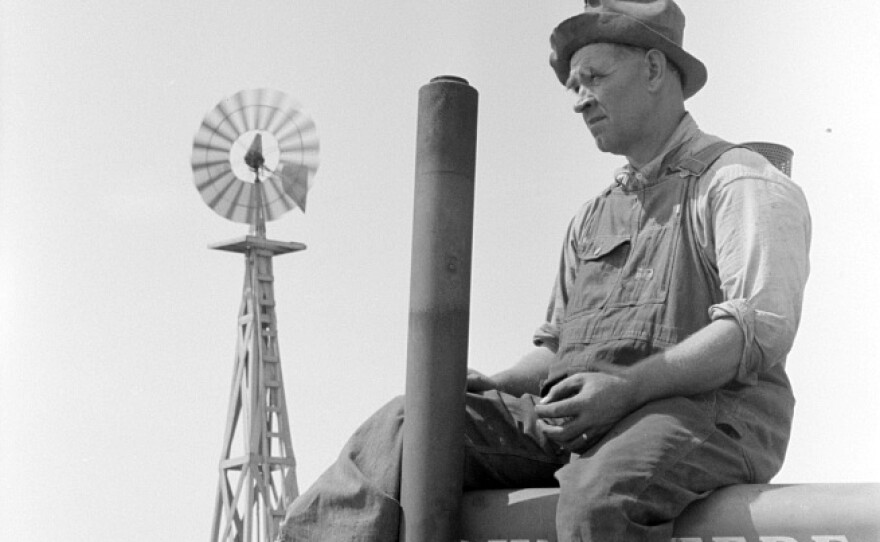Books and films about the Dust Bowl era, including Ken Burn’s new documentary The Dust Bowl, draw heavily from the deep archive of photographs and films created by the Resettlement Administration and Farm Security Administration from 1935-1942. You can peruse this collection yourself at the Library of Congress’ online catalogue of the collection. The catalogue is indexed and easily searchable by place names and subject area. For example, a search of “Cimarron County, Oklahoma” will return 32 photographs, some of which will be very familiar. Full information on the subject, location, date and photographer of each photo is also included.
This multi-year documentary project was conducted to increase national awareness of the dire conditions of farm families and communities in the region, as well as to publicize various government relief and remediation programs (hence the references to “clients” in the photo captions). Two government sponsored films from the area are also available for viewing online: The Plow that Broke the Plains, the seminal film of the Dust Bowl era from which archival footage is often drawn, and Rain for the Earth, Part I (there is no part 2).
Part 1 of Ken Burn’s The Dust Bowl airs this Sunday 11/18 at 7pm with a repeat at 9pm on KACV and SHPTV. Part 2 airs on Monday at the same times. The film is reviewed in the New York Times with a lead photo credited to the Historic Adobe Museum in Ulysses, KS.
Note: All captions shown in the slide show above are the original titles given by the staff of the Farm Securities Administration. The Library of Congress collection cited above also includes photographs from the Office of War Information (1942-1944), the organization to which the FSA photographers and staff transitioned with the coming of WWII.





















